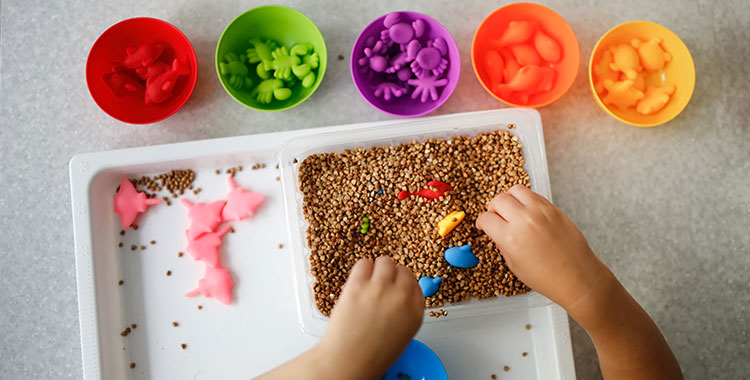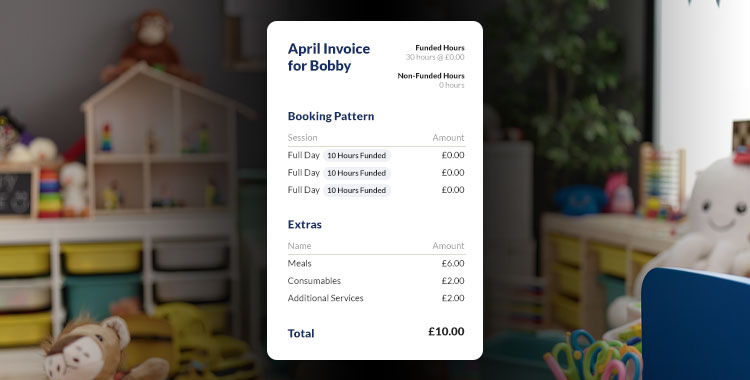Introduction:
Welcome to a world where every little learner can thrive! Creating a sensory-friendly environment in nurseries is crucial because young children are particularly sensitive to their surroundings. This blog post will guide educators and childcare administrators in developing spaces that accommodate the sensory needs of toddlers and pre-schoolers, ensuring a comfortable and engaging learning experience for all.
Understanding Sensory Sensitivities:
Sensory sensitivities involve heightened responses to the everyday sensory input that most of us take for granted, such as light, sound, and touch. For young children, overwhelming sensory environments can lead to discomfort or distraction, affecting their social interactions and learning. Recognising and addressing these sensitivities is essential to help every child feel secure and ready to learn.
Critical Elements of a Sensory-Friendly Classroom:
Creating a calming and supportive sensory environment in a childcare setting involves several vital adjustments:
• Lighting: When possible, use soft, natural lighting. Avoid bright or flickering lights, which can be harsh for sensitive eyes. Soft fabric lampshades or adjustable lighting can also be beneficial.
• Noise Control: Young children can be easily overwhelmed by noise. Use soft materials like rugs, cushions, and drapes to absorb sound. Designate a quiet corner in the room where children can relax and feel safe from overwhelming auditory input.
• Furniture and Layout: Ensure the space is safe and welcoming. Use furniture with rounded corners and provide various seating options like mats, small chairs, or soft bean bags that children can choose from based on their comfort preferences. Clearly define different areas of the room for activities like reading, playing, or resting, using colour cues or physical dividers.
Practical Tips for Teachers:
Here are some practical ways to support sensory-friendly learning in young children:
• Incorporate plenty of visual aids, such as picture schedules and labelled bins for toys, to help create a predictable environment.
• Schedule regular breaks for sensory play, using materials like water, sand, or playdough, which can be soothing and engaging.
• Use a variety of teaching tools, including tactile (touch-based), visual, and sound elements, to cater to different learning and sensory preferences.
Engaging with Parents and Professionals:
Partnering with parents and specialists such as occupational therapists can provide valuable insights into individual children’s needs. Share your strategies and learn from parents to ensure consistency and support in the nursery and home.
Evaluating and Adapting the Environment:
Regularly assess the setup of your sensory-friendly space. Ask for feedback from other educators and parents and observe the children’s reactions to different environmental changes. Be flexible and ready to adjust strategies better to suit the kids’ needs in your care.
Conclusion:
A sensory-friendly classroom benefits all children, helping them feel secure, focused, and happy. These adjustments are particularly impactful in early childhood settings, promoting inclusive and supportive learning environments where young children can flourish.
Are you implementing sensory-friendly practices in your nursery? Share your experiences or ask questions in the comments below. Let’s collaborate to create nurturing spaces where every child feels valued and understood!

Hannah
Marketing Manager




